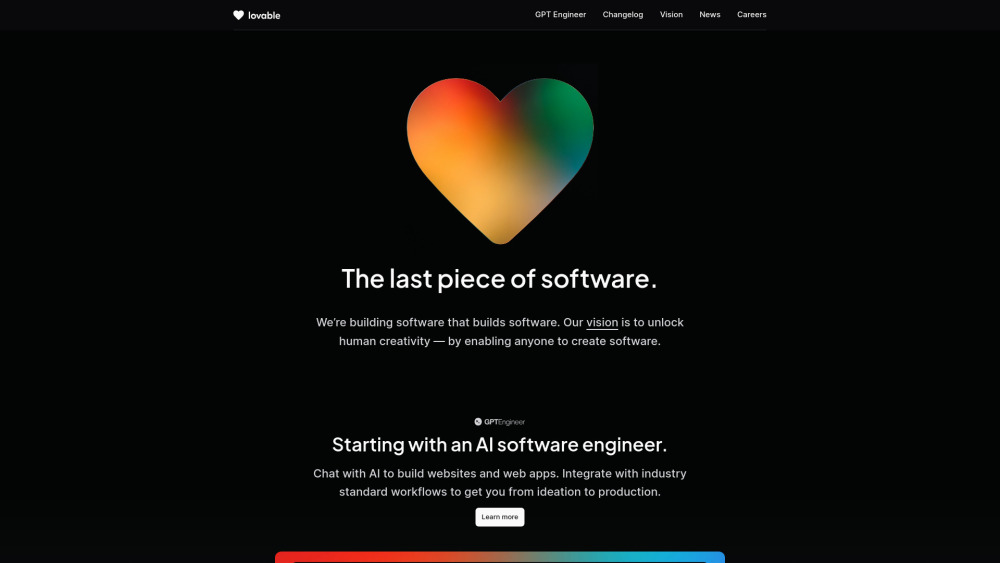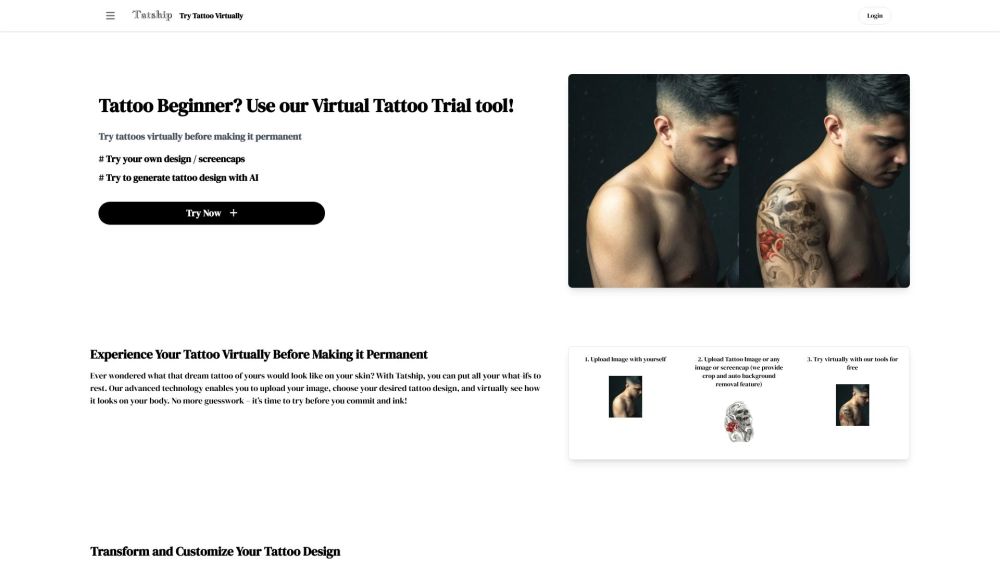RoboCat: The Future of Multitasking AI in Robotics
Robots are increasingly becoming essential to our daily lives, yet they often remain confined to specific tasks. Despite significant advances in artificial intelligence, global developments in creating general-purpose robots have been slow. One key challenge is the complex, time-intensive process of gathering real-world training data. However, new research from DeepMind, Google's AI division, seeks to overcome this obstacle.
On June 20, DeepMind introduced RoboCat, an AI agent for robotics that is reportedly the first of its kind capable of performing multiple tasks and adapting as needed. Notably, RoboCat can self-improve, handling various robotic arms with just 100 demonstrations to learn tasks while generating its own training data for continuous enhancement.
At the 2023 VivaTech technology innovation showcase in Paris, attendees were captivated by RoboCat's potential. Acting as the "brain" of robots, RoboCat stands out from traditional models with its adaptability and self-improvement capabilities. DeepMind has previously explored how to develop robots that learn and adapt to various tasks through the integration of language understanding with real-world robotics.
RoboCat utilizes DeepMind’s multimodal model, Gato, which processes language, images, and actions in both simulated and physical environments. By combining Gato with extensive datasets of visual sequences and actions, RoboCat can learn to perform hundreds of tasks. Demonstration videos showcased RoboCat’s success in manipulating robotic arms for activities like ring tossing, building blocks, and fruit grasping, all of which assess precision, comprehension, and problem-solving skills. Impressively, RoboCat's success rate in mastering new tasks has already doubled from an initial 36%.
As RoboCat continues to learn, it will accumulate millions of training trajectories based on both original examples and newly generated data. This growing pool of experience enhances its ability to tackle new challenges, reflecting the way humans develop diverse skills in their fields.
The implications of RoboCat's independent learning and rapid self-enhancement are significant, particularly across various robotic platforms. Its emergence could usher in a new era of AI-driven innovation in the robotics sector. Major industry players like Tesla, Google, Amazon, Nvidia, and Tencent have already made noteworthy advancements in this area. DeepMind's research emphasizes that the traditionally intensive training processes have limited robotic intelligence and hindered widespread commercialization. RoboCat could be the key to bridging that gap.
RoboCat is emblematic of the transformative potential of AI in robotics. This year has seen several companies implement language models in their robotic systems. Earlier in 2023, Google launched the visual language model PaLM-E for industrial robots; in April, Alibaba integrated its Qianwen model for industrial applications; and in May, Tesla unveiled its humanoid robot, Optimus, showcasing precise control and perceptual abilities. Furthermore, Nvidia introduced a new autonomous mobile robot platform, boosting AI-powered robotics and attracting global interest.
Elon Musk underscored at Tesla’s 2023 shareholders’ meeting that humanoid robots will be crucial for the company's long-term value, predicting a demand of 10 to 20 billion units if the human-robot ratio stands at approximately 2:1, surpassing electric vehicle sales. Nvidia’s founder, Jensen Huang, echoed this viewpoint at the ITF World 2023 semiconductor conference, stating that the next wave of AI will focus on embodied intelligence.
Embodied intelligence entails robots understanding human language, planning tasks, recognizing objects in motion, interacting with their environment, and accomplishing their objectives. According to Dongwu Securities, humanoid robots fit this description, making them a benchmark application for the industry.
The future of robotics relies on developing machines capable of effectively adapting to human environments, allowing for their integration into various daily activities, from industrial uses to healthcare. Humanoid robots are expected to enter the market first, initially targeting B2B applications before addressing consumer needs. Dongwu Securities estimates that the household robotics market could reach between 30 trillion to over 42 trillion yuan by 2035, depending on different penetration scenarios.
RoboCat's groundbreaking capabilities are poised to play a pivotal role in transforming robotics into an integral and versatile part of our lives.





